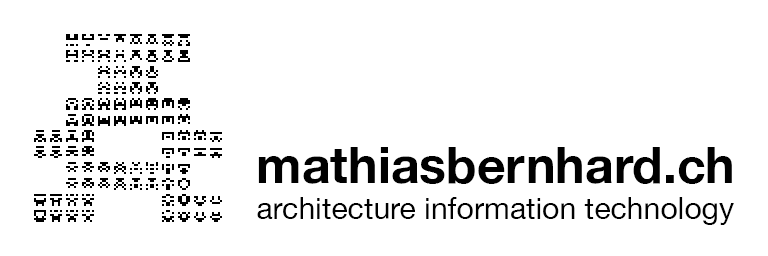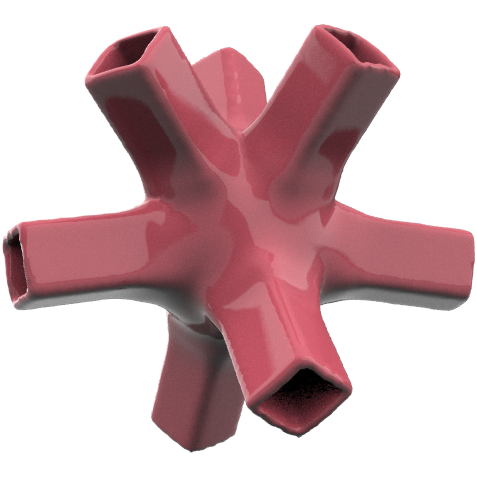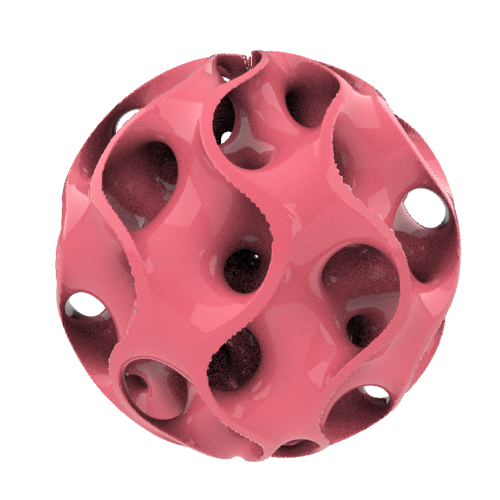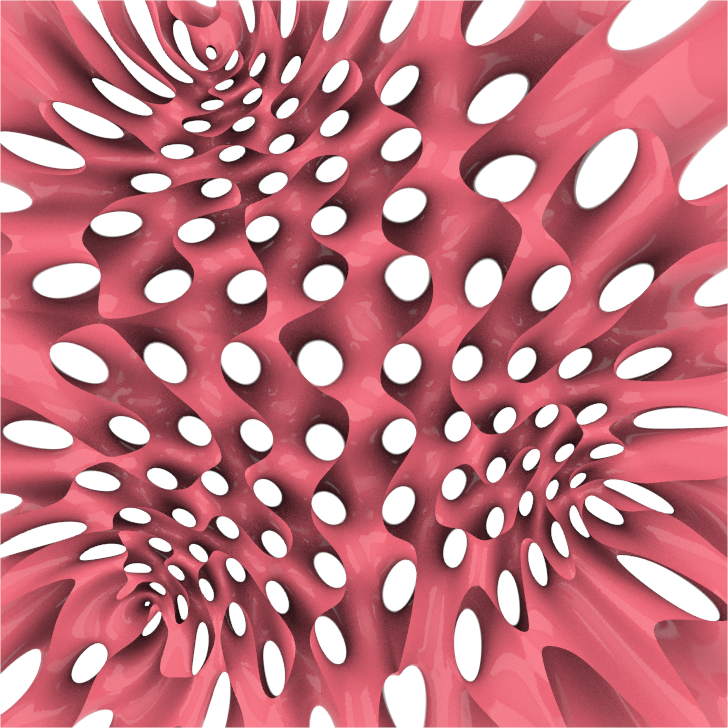Volumetric Modelling (VM) is a major research stream within the group of Digital Building Technologies. VM is an umbrella term for methods like signed distance fields (SDF), implicit function representation (FRep), different discretization strategies (dense voxels or sparse octrees), and also operations in voxel space known from medical imaging or 2D raster graphics processing. VM encodes form continuously, preceding discrete geometry like points, meshes, or voxels. VM, as an encoding of geometry, is very robust in the handling of topology changes. VM provides an alternative to the more common boundary representation (BRep) used by most computer-aided design applications.
For its ease of combining arbitrarily many primitives into increasingly complex constructive solid geometry (CSG) trees through simple Boolean or more advanced smoothing operations, it has recently gained a lot of traction in the additive manufacturing world. Both the existence of watertight meshes while at the same time exploring unlimited geometric freedom are high demand requirements for modeling instruments.
Axolotl
AXOLOTL provides a set of components for volumetric modeling in Rhino Grasshopper. The components are organized in groups. A typical workflow is to choose objects from PRIMITIVES, combine them using e.g. Boolean operations from COMBINATIONS, add further MODIFICATIONS as necessary and finally visualize the distance object using a component from the MESHING tab. Furthermore, there are different kinds of LATTICES, some MATH functions, components to convert Rhino GEOMETRY into an SDF and some utilities to ANALYSE the SDF.
- Download, installation instructions, and example files: food4rhino.com/app/axolotl
- Grasshopper group: grasshopper3d.com/group/axolotl
- Documentation: grasshopperdocs.com/addons/axolotl.html
- DBT project page: dbt.arch.ethz.ch/project/axolotl
compas_vol
compas_vol is an extension package, that brings volumetric modeling to COMPAS, the open source, python-based framework for computational research and collaboration in architecture, engineering, fabrication and construction (AEFC).










